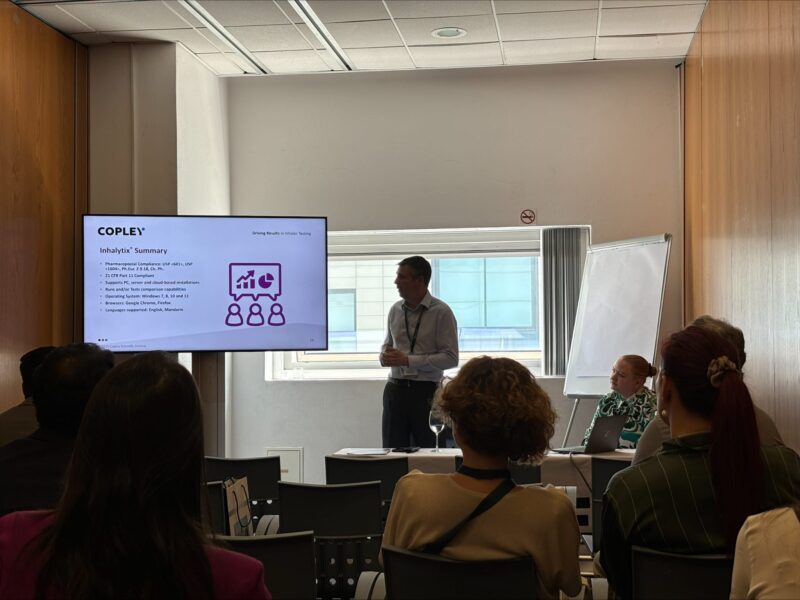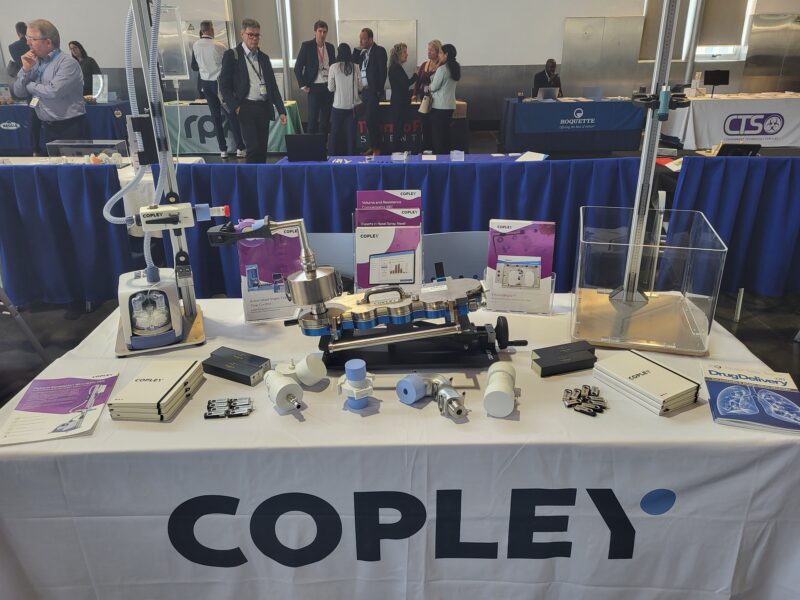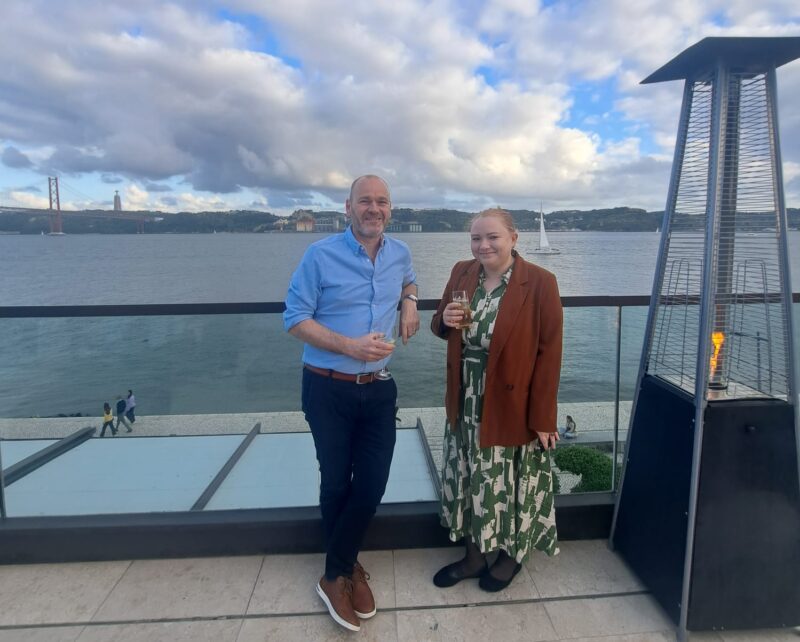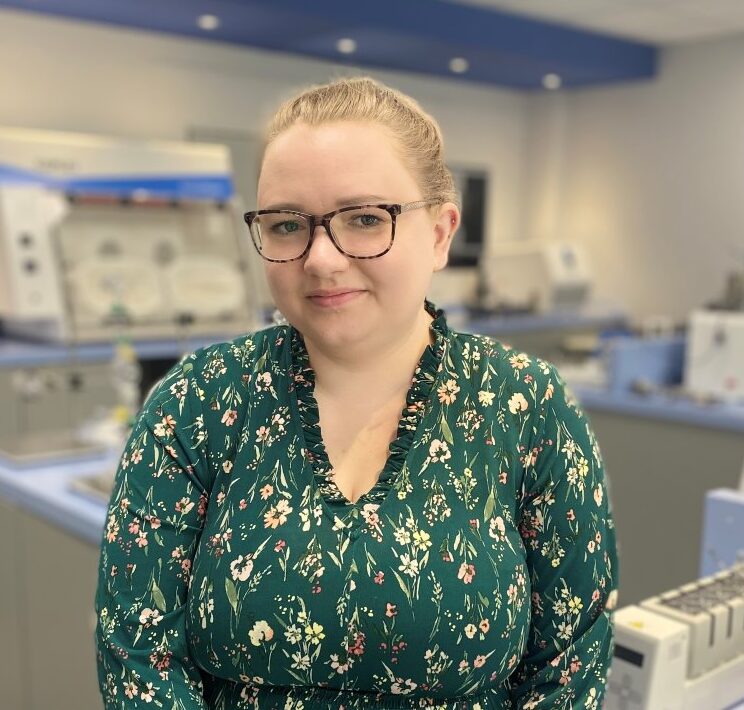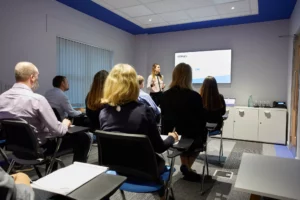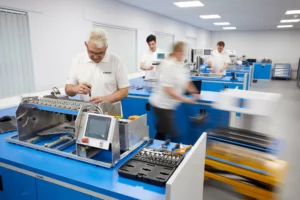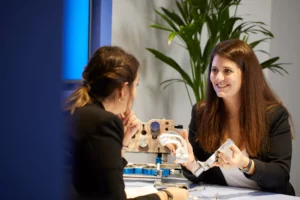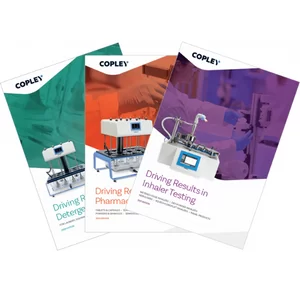Highlights from the 20th anniversary Respiratory Drug Delivery Europe Conference in Estoril (Lisbon) Portugal. #RDDEurope
RDD Conferences began in 1988 over in the US, but it wasn’t until 2005 that this highlight of the inhalation calendar crossed the pond. Under the blue, sunny skies of beautiful Estoril we gathered with delegates from across the continent and beyond to celebrate 20 years of success and catch-up on progress in key areas. Here’s my round-up from a busy and interesting week.
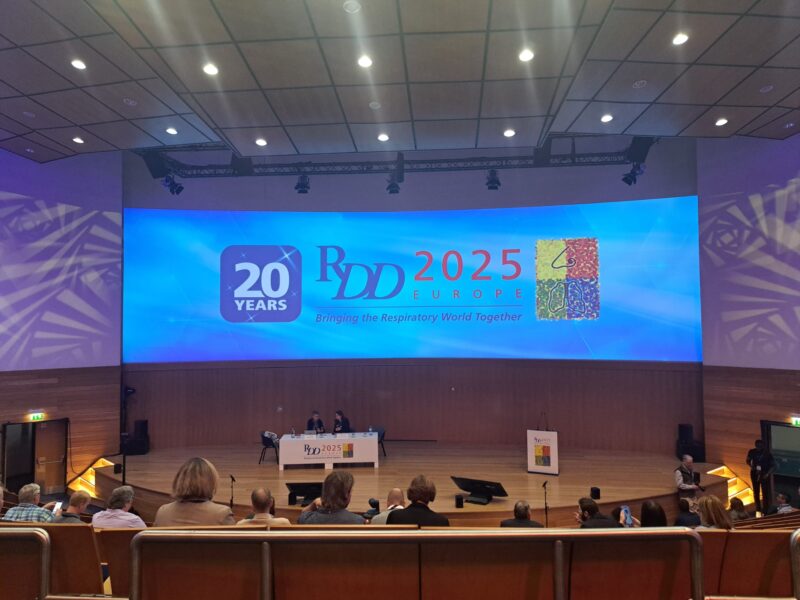
Reformulation as an MDI is not the only option
The reformulation of Metered Dose Inhalers (MDIs) with lower global warming potential (GWP) propellants continues at pace and there were plenty of valuable updates from those at the forefront of this transition, including insights from the regulators. The formulation knowledge base for replacement propellant candidates is establishing rapidly, easing the path for those taking this route.
However, reformulation as a Dry Powder Inhaler (DPI) also appears to be gaining traction. One reason could be our steadily improving abilities in powder engineering and formulation which were in evidence across the conference. From the fascinating keynote on the development of a surfactant powder aerosol product for the treatment of premature infants to the introduction of a novel B-lactoglobulin excipient for next-gen spray dried powder formulations.
On the other hand, improving DPI devices is also a focus which brings us to…
An engaging poster podium session and a worthy winner
Well done to all the students who were chosen for the fast-paced interactive poster podium session and congratulations to Lily Zhu, of Johns Hopkins University, who won the 2025 VCU RDD Peter R. Byron Graduate Student Award. Lily’s poster entitled “Design, Development, and Validation of a Novel Dry Powder Inhaler Adaptor for Increased Deposition of Anti-Inflammatory Agents in Pediatric Asthma” described an attachable adapter that makes it easier for patients to apply sufficient inspiratory flow to successfully use a DPI. With almost a third of four to nine-year-olds unable to generate the 60 L/min required for many DPIs this work has significant potential to extend DPI use toto patient group currently excluded by virtue of their physiology.
A welcome workshop
Recent debate over the best way to process cascade impaction data was behind our decision to focus on Aerodynamic Particle Size Distribution metrics and how to calculate them in this year’s workshop. It proved a fruitful topic with good attendance across all three sessions. There was particular interest in the calculation of key metrics, such as Mass Median Aerodynamic Diameter (MMAD) and Geometric Standard Deviation (GSD), using the more recent advice USP <1604> compared to historical guidance in USP <601>, with attendees seeking clarification. We were able to explain some of the background on the topic and perhaps most usefully demonstrate how both methods can be accommodated in Copley’s Inhalytix software, making it easy to determine the potential impact of using one rather than the other.
Navigating nose-to-brain
Nose-to-brain drug delivery continues to dominate the nasal space, and it was good to get feedback on our testing solutions from those tackling this challenge. Achieving optimal in vivo deposition is critical when it comes to accessing the brain and we’re delighted that our Alberta Idealised Nasal Inlet is helping to elucidate how to achieve this. New for RDD was the Kiel Nasal Inlet (KNI) a complementary tool that supports more clinically relevant study of the sub-10-micron fraction of a nasal dose that may cause safety concerns by entering via the lung. This too was well-received with customers commenting on its versatility (the KNI is suitable for both DDU and APSD test set-ups) and the value of having an effective tool for dose collection for vertical or near-vertical actuation.
Appetite for innovation
One of the joys of working in the world of inhaled drug delivery is the creativity and ingenuity of the community and its openness to new ideas. We may work in a highly regulated environment with well-defined compendial test methods but there is plenty of enthusiasm for new equipment and approaches. This year, alongside the KNI, we had five other new products on display, and we enjoyed many valuable conversations around their use. Current areas of focus for us are tools for improving testing efficiency, reducing variability, lessening the physical burden of testing and developing a better understanding of patient-related effects. Thank you to everyone for sharing feedback on the new kit and the issues that it will help to solve. There is no substitute for listening to those at the cutting edge when it comes to concentrating our efforts on relevant innovation.
New products on display, from l to r, included the Patient Exhalation Simulator, Kiel Nasal Inlet, NGI Tilting Platform, Advanced Filter Holder and the Drop Test Apparatus (AINI also shown – centre)
Progress with biologics
Cracking respirable biologics is tough but there were promising signs of solutions to some key challenges this year, both in drug delivery and drug recovery (a prerequisite for reliable analysis). Several researchers highlighted the potential of nanoparticle drug delivery platforms for the delivery of RNA therapeutics with advancing powder formulation skills proving critical in this area.
That said delivery by nebuliser is also promising for these actives with Nebu-Flow® and Catalent leading the way with respect to insight and support in this area.
Faces new and not so new.
From kick-off cocktails to a glamourous gala dinner and dancing at the fabulous SUD Lisboa, we celebrated RDD’s 20th in style with plenty of excellent opportunities for networking and absorbing conversation. Recollections of the first RDD were in plentiful supply while others were attending for the first time.
Obrigada to everyone who made this year’s anniversary RDD so memorable and to all the customers old and new that dropped by.
